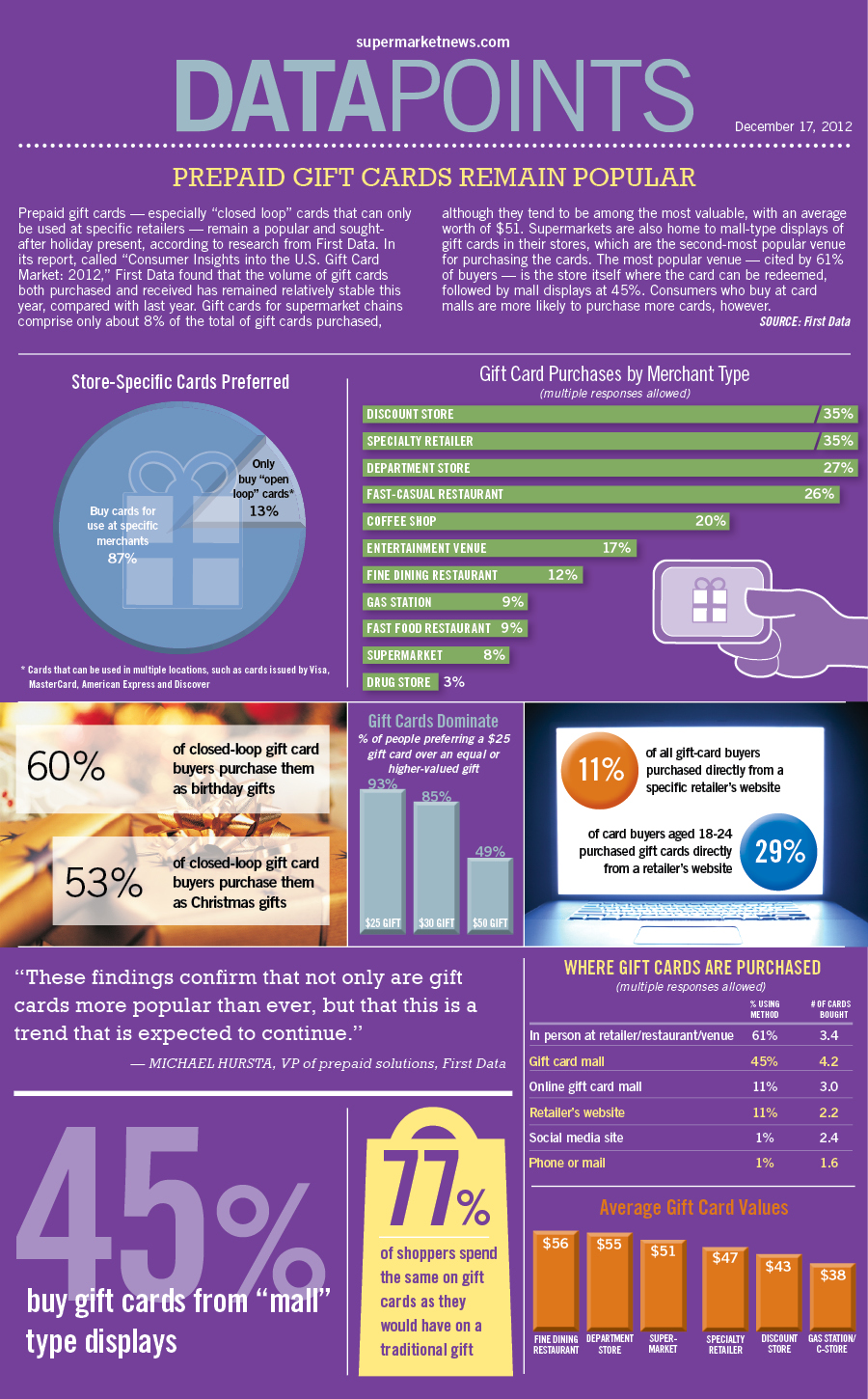Personalized glass honors stimulate an unwavering spirit of dedication and excellence. They cultivate a society of acknowledgment that goes beyond ordered borders.
Wheel engraving is shown on a cup most likely made in the 1700s covered with elaborate Chinese-style themes. These concepts introduced allegiance to the Jacobite cause. This is an exceptional instance of just how imported Asian goods influenced European style patterns.
Beginnings
As glassmaking came to be more sophisticated, engravers understood that a style included in an item of glass changed it from functional into desirable. They explore a range of damaging, abrading and reducing strategies.
The most experienced engravers created great in-depth job. Anna Roemers Visscher, that was a glass cutter and engraver, was renowned for her fragile blossoms, motivated by the nature publications popular in her time.
Engravers also carved fine linework into glass. By the end of the 17th century, engravers had begun to abandon linear clarity in favour of crosshatched chiaroscuro impacts. One of the earliest examples is tape-recorded on a jug by a Rotterdam engraver who signed his deal with a doodled flexibility and vigour that lifted it above the rest.
Etching continued to be a prominent method, although it was progressively eclipsed by cut glass and new techniques such as etching, which was less expensive than etching. Nevertheless, economic pressures after c1905, together with declining quality of cut glass, saw a rise in the popularity of engraved glass, known as rock crystal.
Techniques
Glassmakers used a variety of strategies to mark or enhance the surface area of a vessel, commonly incorporating various techniques. One method called stipple engraving, for instance, uses a point of tungsten or diamond to make small dots on the glass surface area which develop contrasting white lines when light sparkles via them.
Personalized glass awards are cherished for their beauty and status. They reflect the deep esteem and respect that firms hold for their staff members and promote a society of excellence.
The translucency of glass personifies the openness and honesty of corporate acknowledgment, motivating receivers to analyze their accomplishments and reflect on their trip in the company. Additionally, the capability of engraved glass to display personalized message and images enables the creation of highly one-of-a-kind and purposeful honors that evoke the sense of greatness related to this exceptional material.
Styles
From the streamlined lines of company awards to the etched message on glass prizes, etched crystal is an elegant symbol of acknowledgment. Whether presented on someone's desk or kept as a memento, these individualized pieces convey a feeling of stature and professionalism that is hard to locate in other materials.
The design of personalized glass has changed with time to show changing preferences and technical breakthroughs. The ancient technique of copper-wheel inscription has actually resisted predictions of obsolescence, and brand-new methods like etching are taking over where stippling as soon as held sway.
The earliest check here diamond-point inscription, of the 16th century, is stiff and official. It progressively came to be a lot more flexible and pleasing, however can conveniently deteriorate into over-elaboration. In the 19th century Thomas Webb & Sons presented "rock crystal" with deep cutting and copper-wheel engraving, which imitated luxury vessels cut of rock crystal in Europe and the Orient (see Ewer by Webb & Sons). The firm's primary engravers were Bohemian immigrants Frederick Engelbert Kny and William Fritsche, that authorized their collaborate with a monogrammed G.
Definition
Engraved glass was expensive and searched for. This was since it involved the most requiring glass refining method and depended on the accuracy and effort of a knowledgeable craftsman. The acme of etching was available in the 17th century and was quite a part of the Baroque and Rococo durations.
During this moment, engraved cups could be utilized to connect messages of social standing. They would present family crests and political loyalties. They could likewise show off one's preference for the most recent style and style fads.
Today, engraved glass is still an important art type. Nonetheless, developments in technology and laser innovation have structured the process and made it extra exact. The resulting intricate layouts are both stunning and sturdy. Furthermore, brand-new types of glass have been created to respond far better to lasers. This has increased the possibilities for musicians and designers. It likewise decreases the environmental influence of the process. For instance, optical crystal is a superb choice for personalized awards because it is clear and shows light well.
